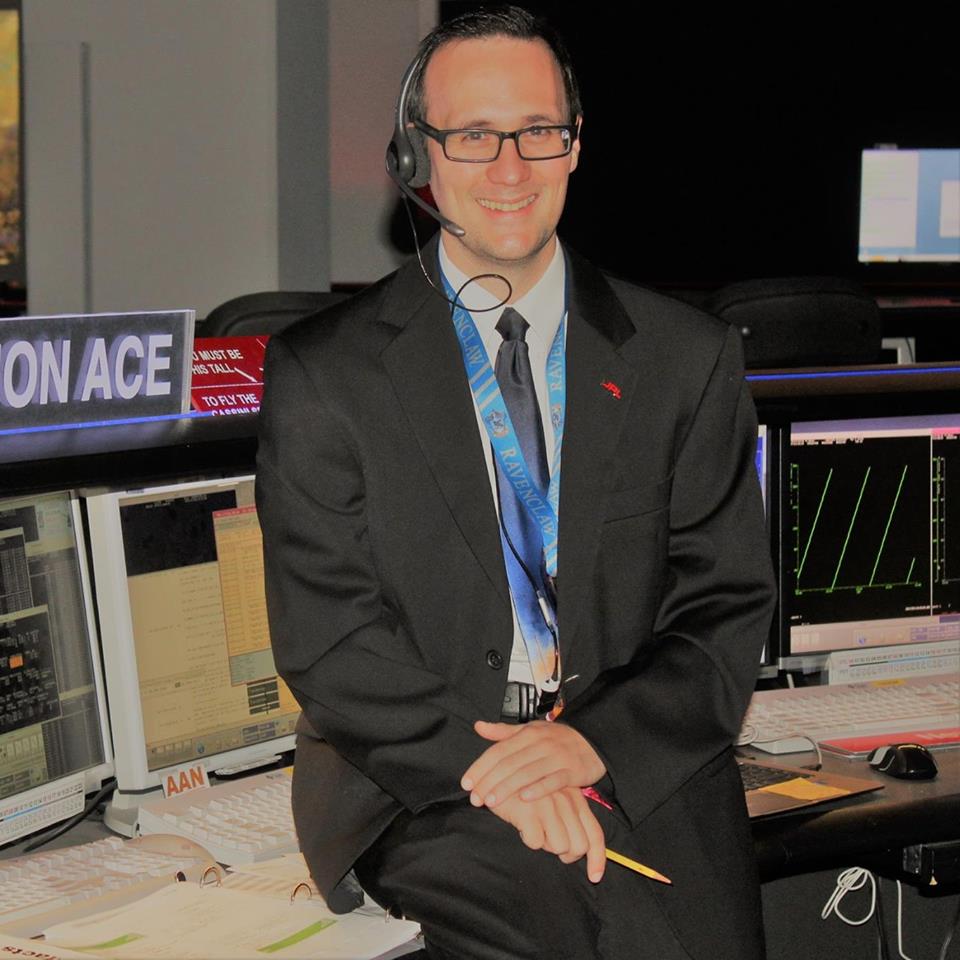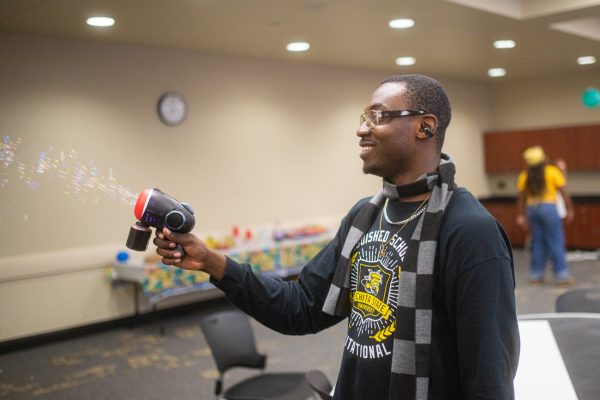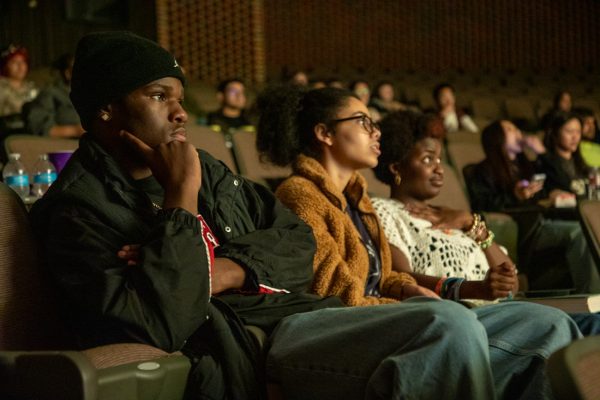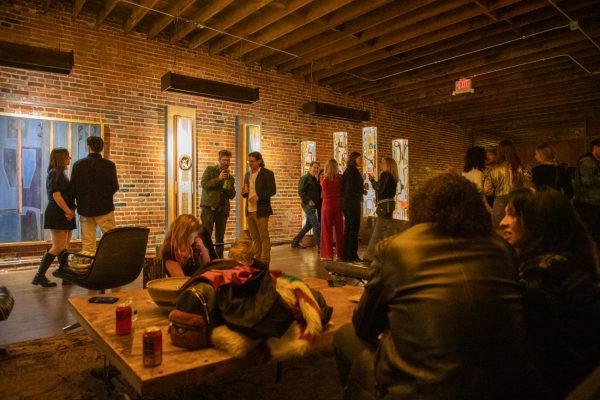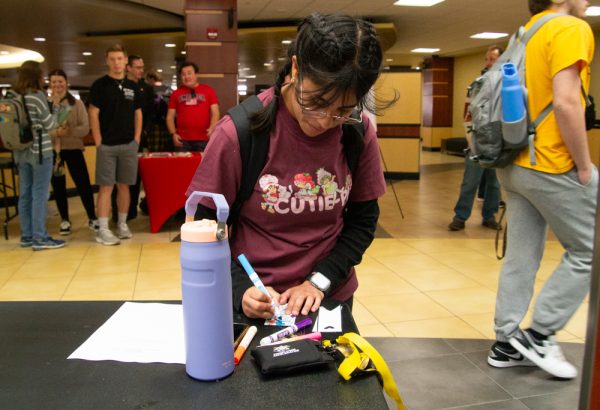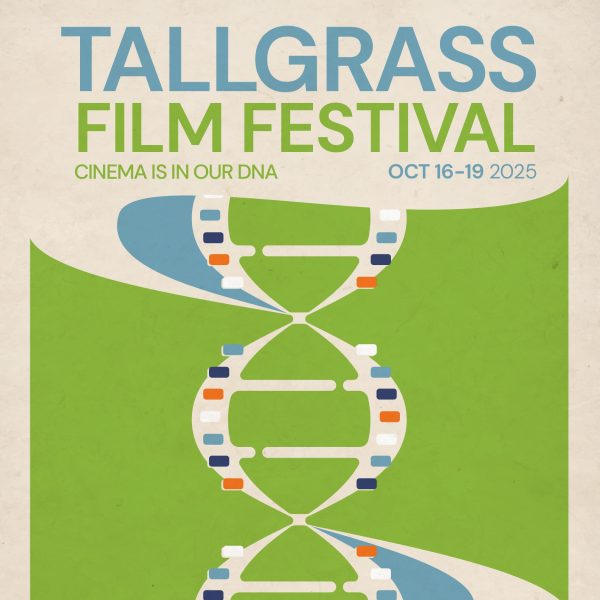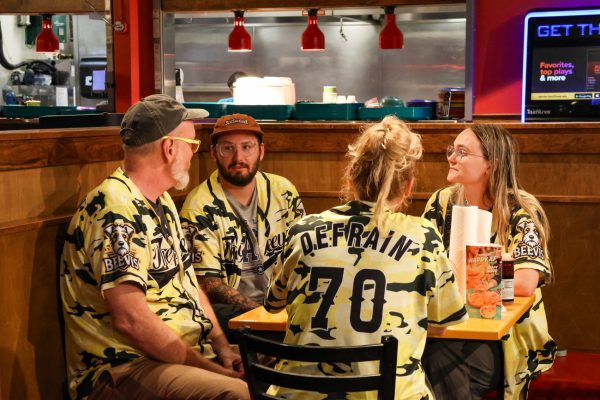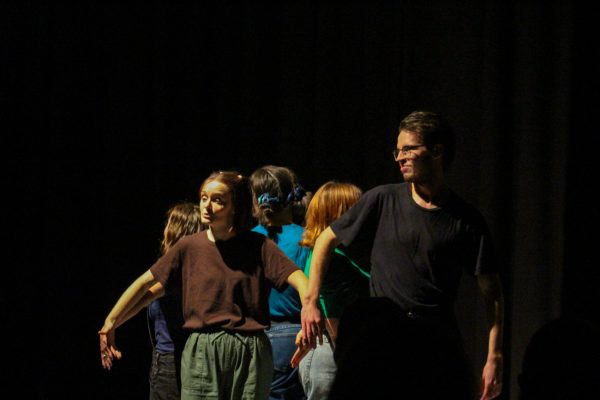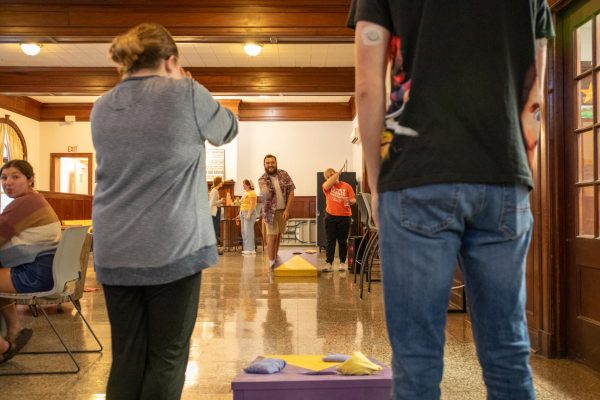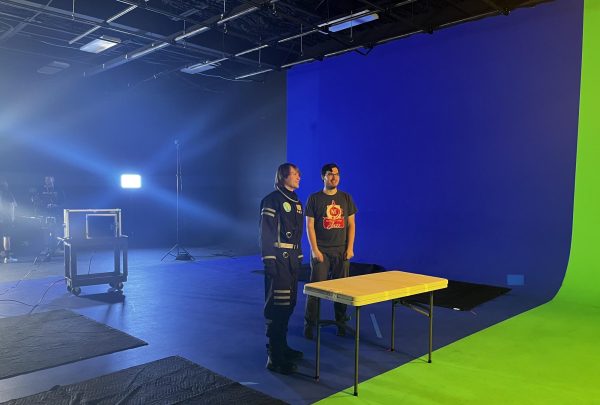Q & A with Shocker at NASA
Michael Staab now works in NASA’s Jet Propulsion Laboratory.
Michael Staab said he always knew he wanted to work for NASA one day. This goal propelled him through four years as an undergraduate in the aerospace engineering program, a one-year sabbatical of interning, and a two-year master’s program at Georgia Tech before he landed his first position at NASA.
Staab now works in NASA’s Jet Propulsion Laboratory and just completed the Cassini mission on Sept. 15. He was one of four people with the authority to command the spacecraft. The Cassini mission, started in 1997, was a probe sent to study Saturn. Cassini was the fourth probe sent to visit Saturn, but the first to enter orbit. Twenty years later, Staab had the once-in-a-lifetime opportunity to finish out the mission before Cassini’s ultimate demise.
Here’s what Staab had to say about his journey:
How did the aerospace engineering program at WSU help begin your journey to Georgia Tech and NASA?
I think the co-op program definitely helped. The program itself is kind of like most aerospace engineering programs. It’s very rigorous; it teaches you how to do problem solving, but, like most undergrads, it only teaches you the basics. You have to go on to graduate programs before you really dive deep into more technical stuff.
Wichita State was a really good choice for me. It was local; it was home, tuition I could afford. I didn’t have to take any student loans out, which was awesome.
After your WSU program, you went to Georgia Tech for your master’s. How was that program in comparison to WSU?
After I left WSU, I did a year sabbatical at the Flight Center of Boeing in St. Louis before going to Georgia Tech because I needed a little bit of a break in between there.
At Georgia Tech, specifically the program I was in, was more focused on systems engineering, which is pretty much what I do out here on a daily basis. It’s more rigorous in the fact that you dive deeper into a very specific area. Georgia Tech also has a lot of outside opportunities for students, like they have two programs where they’re actually building their own spacecraft and sending it to launch. You can actually get your hands wet on a project that is actually going to fly.
What was your role in the Cassini mission?
I was a mission ACE (Advanced Composition Explorer) and that role had the only authority on the team to command the space craft that sends up specifically the computer commands that can tell the spacecraft what to do and when it can do it. We’re also the ones who sit in the mission control center at the spacecraft consulate … I like to think of it as an unmanned spacecraft cockpit.
We basically interface with the tracking station with dishes all over the world that look at Saturn to gather telemetry data that the spacecraft sends from Saturn to Earth. It then processes that data and that data flows into our console and we actually read that data so we can see what the spacecraft is doing. We’re also the only ones in the world that can command the spacecraft and tell it what to do.
What are your plans now that the Cassini mission is over?
Well, as a flight controller, I need a spacecraft to actually control, and since mine disintegrated into Saturn, there’s no more spacecraft to control. I’ve now moved over to the Mars Exploration Rover opportunity. I’m no longer a flight controller, I’m now a system’s engineer, so it’s kind of like a jack-of-all-trades. I plan the day-to-day activities for the rover now. There’s never a dull moment out here.
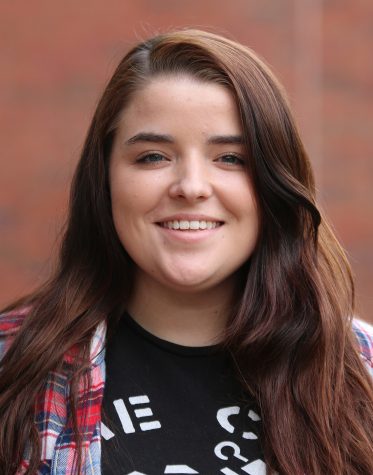
Marissa Campbell was the Culture Editor for The Sunflower. Campbell wrote music reviews as well as arts, culture and other entertainment stories. From...



